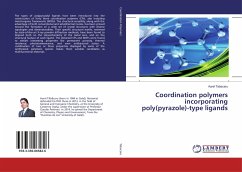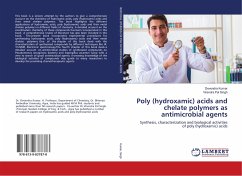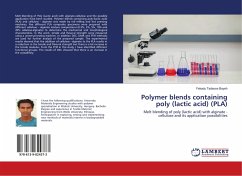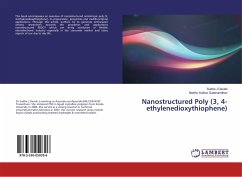Five types of polypyrazolyl ligands have been introduced into the construction of forty three coordination polymers (CPs), also including metal-organic frameworks (MOFs). The structural versatility, along with the advantage of both conventional and solvothermal routes, has been proved toward the formation of a wide set of crystal structures with diverse topologies and dimensionalities. Their specific structural motifs, retrieved by state-of-the-art X-ray powder diffraction methods, have been found to depend both on the stereochemistry of the metal ions, and on the structural feature of each ligand. The obtained CPs and MOFs were found to exhibit interesting properties like permanent porosity, thermal resistance, photoluminescence, and even antibacterial action. A combination of two or three properties displayed by some of the synthesized polymeric species makes them suitable candidates as multifunctional materials.








